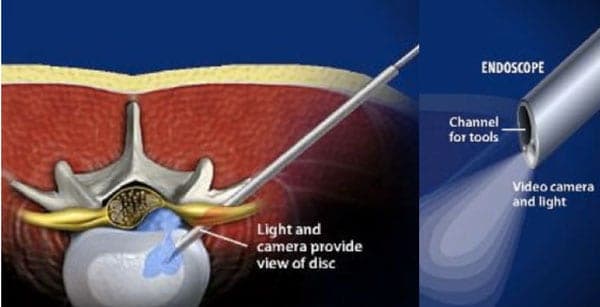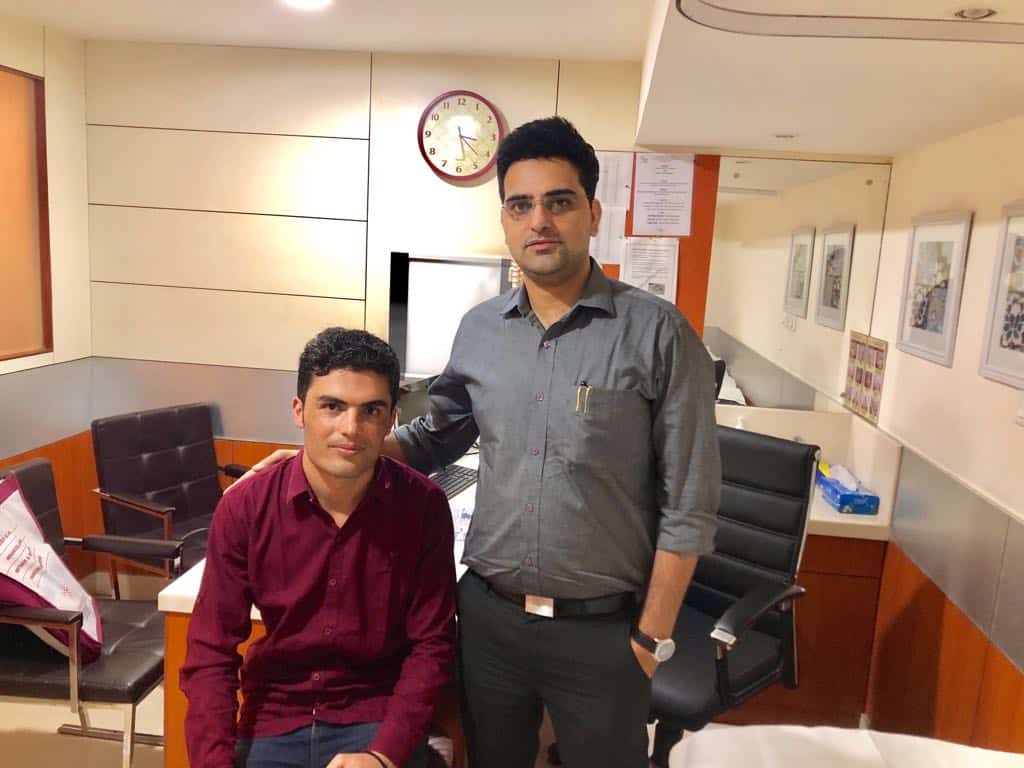A bulging, herniated or slip disc occurs when the cartilage between spine bones in back (vertebrae) slightly moves out of place and pinches on nerves. These discs are important in increasing the flexibility of spine. In addition, they act as shock absorbers that decrease the pressure on backbones when we are performing physical activity. Unfortunately, disk may bulge, compress a spinal nerve and cause a sharp pain, numbness, tingling or weakness in arms or legs. Medical literature states that conservative treatment repairs a bulging disk in six out of ten people. One can follow simple guidelines to repair bulging discs.

Conservative or Self Help repair plan
Step 1
Rest soon after you experience your symptoms, but do not rest for more than 2 days. Avoid activities that increases symptoms. Explore other ways of completing daily activities to avoid re-aggravating bulging disk.
Step 2
Provide more support for spine by strengthening back muscles with physical activity. Perform back exercises and stretches recommended by your doctor or physiotherapist after pain is over.
Step 3
Apply an ice pack on back to relieve pain. Place the ice pack on a towel that rests on back for 20 minutes, then, remove the ice pack for 20 minutes. Repeat this cycle for the first 48 hours as often as possible. Apply a heat pack to your back 48 hours after your injury to reduce stiffness. Alternate cold and heat therapy. Repeat this cycle as often as possible.
Step 4
Take nonsteroidal anti-inflammatory drugs (NSAIDs) after consultation from spine & pain doctor as needed. Do not self-medicate as simple pain killer can cause big problems. Do not use for extended periods of time to prevent unwanted side effects, such as liver and kidney damage.
Surgical Repair Plan
Step 1
Seek immediate medical treatment if you have an acute back injury, are experiencing excessive pain, pain radiating to legs despite conservative management for weeks or having bowel or bladder problems.
Step 2
Discuss minimally invasive treatment options, including endoscopic discectomy, Nucleoplasty and epidural intervention. Ask about possible risk, complications and expected outcome.
Step 3
Follow your doctor and physical therapist’s recommended rehabilitation program to maximize your recovery. Prevent a future disc bulge by strengthening your back muscles, properly managing your weight and using proper lifting techniques.
Many of the steps you can take to improve the overall health of your spine involve nothing more than practicing better body mechanics, or how you move and hold yourself, when you do daily tasks and activities. Learn why it is important to take care of spine.









